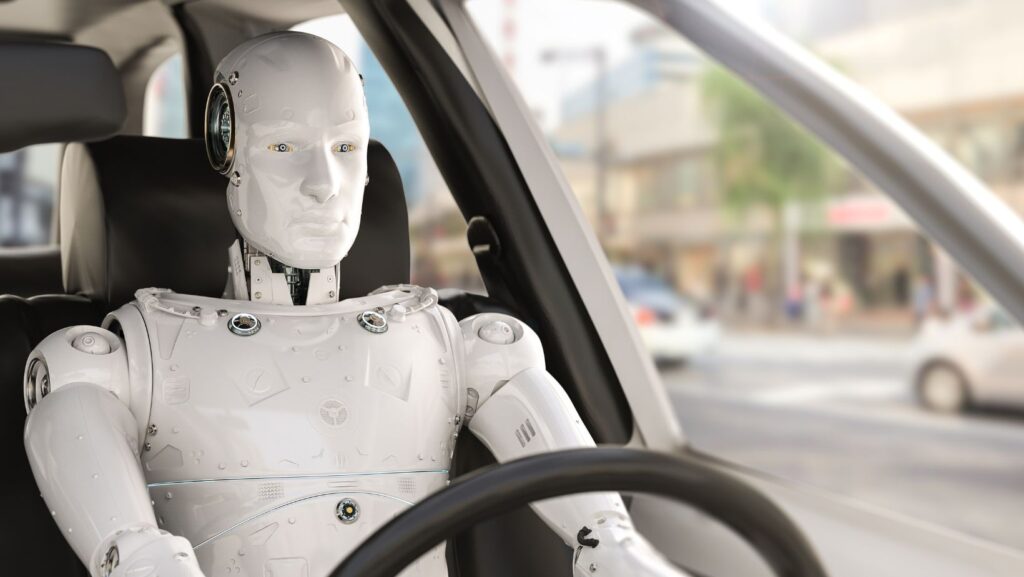Does the Recent AI Boom Threaten the Gaming Industry
Once known for its mechanical and simple titles, the gaming industry is now a dynamic and innovative field featuring stunning visuals, meaningful storylines, and immersive experiences. Thanks to vast technological advancements, this innovative hub is expected to generate revenue worth $682 billion by 2030. But, emerging technologies like artificial intelligence (AI) and machine learning can easily double this number. Despite being involved in the gaming industry since the 90s, AI has recently made groundbreaking strides within the gaming realm. In fact, this transformative engine is currently threatening to turn the entire industry’s operations upside down. AI’s Role in Redefining the Gaming Industry Not too long ago, non-playable characters were a bunch of mere lifeless codes. Remember when players would battle to outwit a computer-powered paddle in the world-famous video game Pong? But that’s not the AI we are talking about today. Think of modern video games like Red Dead Redemption 2, Roblux, or even Minecraft. Sophisticated NPCs, like those in the titles mentioned above, use artificial intelligence and machine learning algorithms to not only react to different player emotions and movements in the most humane way possible, but they can also accurately and procedurally generate virtual worlds within seconds for a more immersive gaming experience. Additionally, AI technologies are now enabling developers to transform concepts from de texto a video, creating complex environments and interactions from simple narrative descriptions. Nonetheless, the more worrying aspect of AI in gaming is the frantic efforts of most franchises to adopt AI tools to cut decades of growing game production and development costs. In fact, 87% of gaming franchises were already using some form of AI in their game development process in 2023, and 99% of them expect to do so in the future. Yes, there’s a possibility of this trend translating into studios saving more and still delivering quality gaming experiences. Moreover, thanks to AI, smaller studios have a chance to boost their creativity while also beating high costs and time-consuming processes. But what does this mean for artists, game designers, and storytellers? The Dark Side of AI in Gaming No one can deny AI’s contribution to the gaming industry. What was previously thought impossible, like human-like NPC behavior in video games and guaranteed fair play through random number generators in online casino slots, is now a reality, thanks to AI advancements. Even better, gamers can now benefit from dynamic difficulty adjustments in real-time while also enjoying personalized recommendations, even for those playing poker, roulette, blackjack, and live dealer options at online casinos. So, whether you prefer casino games, video gaming options, or even multiplayer titles, AI’s role in gaming exemplifies its powerful yet innovative impact in gaming as well as various global industries. But the downside of all this AI infiltration is that plenty of gaming jobs are on the line. Yes, AI cannot make original and creative decisions like human creators. But the desperate need for companies to cut game development costs threatens the existence of routine roles like those in debugging, quality control, translation, and customer support. Furthermore, in light of corporate greed, where companies simply want to release content to their consumers quickly, gamers are likely to experience a decrease in the quality value of gaming products. Not to mention the copyright issues that will probably arise, whether it’s because of the use of unauthorized developer works to train Generative AI models or questions arising as to who owns AI-generated products. All this to say that although AI offers not-seen-before benefits to the gaming industry, it also poses significant challenges that shareholders within the industry must navigate carefully. How to Overcome Challenges in Gaming from the AI Boom The growing integration of AI in gaming ushers a promising future for franchises and gamers alike. However, without the proper ethical measures in place, AI can obliterate the entire gaming industry as we know it. Artificial intelligence is here to stay, and its potential to transform game development processes, gaming experiences, and operational efficiency is beyond a shadow of a doubt. Yet, this same power poses significant risks, including loss of jobs, ethical dilemmas, and a gradual decline in game quality. To harness AI’s benefits while mitigating its dangers, the industry must establish robust ethical guidelines to protect human creativity and oversight while prioritizing transparency in operational processes. Only after addressing these concerns head-on can we ensure a balanced and thriving future for the gaming industry.
Does the Recent AI Boom Threaten the Gaming Industry Read More »










